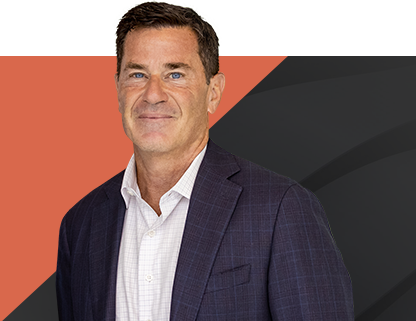Participating in sports and physical activity is an excellent way to maintain a healthy lifestyle, stay in shape, and build resilience. However, sports injuries are a common occurrence, and they can be painful and debilitating. Sprains and strains are two types of injuries that athletes are particularly vulnerable to. In this article, we will explore the causes, symptoms, and treatment of sprains and strains, as well as ways to prevent them.
What are Sprains and Strains?
Sprains and strains are two types of injuries that affect the muscles, ligaments, and tendons in the body. A sprain occurs when a ligament, which connects bones to other bones, is stretched or torn. A strain, on the other hand, is an injury to a muscle or tendon, which connects muscles to bones.
Causes of Sprains and Strains
Sprains and strains can occur in any sport or physical activity that involves quick, sudden movements or changes in direction. These types of injuries are common in contact sports such as football, basketball, and soccer, as well as individual sports like running, gymnastics, and tennis.
Some common causes of sprains and strains include:
- Incorrect warm-up or cool-down techniques
- Overuse of a particular muscle group
- Poor conditioning or lack of fitness
- Incorrect technique or form
- Excessive force or pressure on a joint or muscle
- Landing awkwardly after a jump or fall
- Symptoms of sprains and strains
The symptoms of sprains and strains can vary depending on the severity of the injury. However, some common symptoms include:
Pain or tenderness around the injured area
- Pain or tenderness around the injured area
- Swelling or inflammation
- Stiffness or limited range of motion
- Bruising or discoloration
- Muscle spasms or cramping
- Weakness in the affected area
- Treatment of sprains and strains
In some cases, rest and self-care may be sufficient to alleviate symptoms and promote healing. However, more severe injuries may require medical attention, such as physical therapy or surgery. In such cases, fitness coaches recommend strengthening muscles by going to the gym.
When searching for a gym near you, it’s essential to consider your fitness goals, budget, and schedule, as well as the amenities and features that are important to you. By doing your research and visiting potential gyms, you can find a fitness center that meets your needs and helps you achieve your health and wellness goals.
Some common treatments for sprains and strains include:
Rest and immobilization: This involves avoiding physical activity and using crutches or braces to keep the injured area stable.
Ice and compression: Applying ice to the injured area can help reduce swelling and inflammation, while compression can help provide support.
Elevation: Elevating the injured area above the heart can also help reduce swelling and promote healing.
Medications: Over-the-counter relievers to manage pain and inflammation.
Physical therapy: This involves exercises and stretches designed to improve strength, flexibility, and range of motion.
Surgery: In rare cases, surgery may be necessary to repair a severe sprain or strain.
Prevention of sprains and strains
While sprains and strains are common in sports and physical activity, there are several ways to reduce the risk of injury. Some tips for preventing sprains and strains include:
Proper warm-up and cool-down: This involves stretching and loosening up muscles before activity and cooling down afterward.
Proper technique and form: Learning the correct way to perform an activity can help reduce the risk of injury.
Gradual progression: Building up intensity and duration gradually over time can help avoid overuse injuries.
Proper equipment: Wearing appropriate footwear and protective gear can help prevent injuries.
Adequate rest and recovery: Allowing the body to rest and recover between activities can help reduce the risk of injury.
Final Thoughts
In conclusion, sprains and strains are common injuries in sports and physical activity. These injuries can be painful and debilitating, but with proper treatment they can heal completely.













